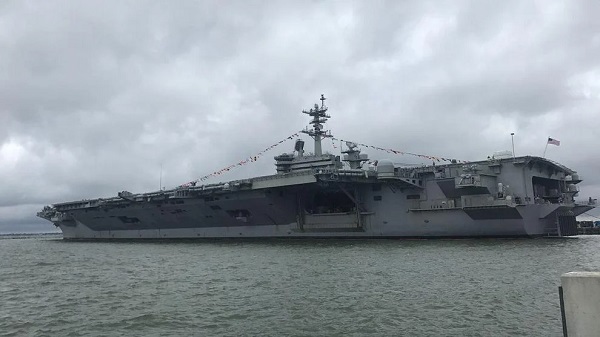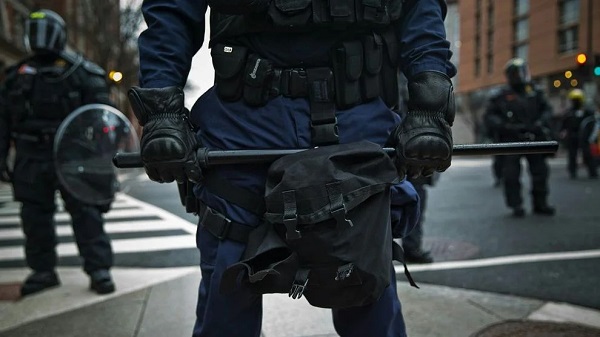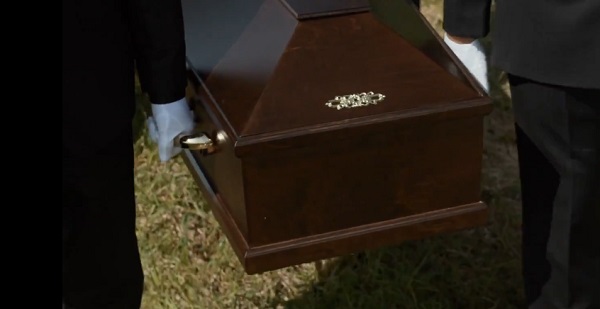From The Center Square
Operation Southern Spear, the new title for the Trump administration’s targeting of narco-terrorists in and around Latin America, was announced Thursday by Secretary of War Pete Hegseth.
Hegseth’s announcement comes amid reports that the U.S. conducted its 20th strike on suspected narco-terrorist marine vessels in Latin America, and two days after the nation’s newest and largest aircraft carrier, the USS Gerald Ford, and its strike group arrived in the Caribbean to support counter-narcotic operations.
“President Trump ordered action – and the Department of War is delivering. Today, I am announcing Operation SOUTHERN SPEAR,” Hegseth wrote on X. “Led by Joint Task Forces Southern Spear and SOUTHCOM, this mission defends our Homeland, removes narco-terrorists from our Hemisphere, and secures our Homeland from the drugs that are killing our people. The Western Hemisphere is America’s neighborhood – and we will protect it.”
The arrival of the Ford in the SOUTHCOM area of responsibility signals a major buildup of naval and military presence in the region as the Trump administration continues targeting marine vessels suspected of trafficking narcotics headed for the U.S.
The Center Square previously reported that several naval ships were already in the region, including the USS Iwo Jima Amphibious Ready Group, according to the U.S. Naval Institute. Iwo Jima is a Wasp-class amphibious ship, one of the larger classes of ships in the Navy.
The Iwo Jima Amphibious Ready Group deployed in August, carrying over 4,500 sailors and Marines, according to the Department of War. The group includes the Iwo Jima, USS Fort Lauderdale, USS San Antonio and the 22nd Marine Expeditionary Unit.
The institute also reported that, in addition to the group, three Navy guided-missile destroyers are operating in the Caribbean, including the USS Jason Dunham, USS Gravely, and USS Stockdale. In addition, USNI reported that the USS Lake Erie (CG-70) and the USS Wichita (LCS-13) are operating in the Caribbean.
The buildup of Navy ships in the region points to the Trump administration’s commitment to prioritizing targeting narco-terrorists. Still, it could also signal a shift in the U.S.’s focus on potential adversarial threats in Latin America.
Defense Secretary Pete Hegseth told The Center Square last month at an event in the White House that the Department of War is keeping its eyes on adversaries in the region after The Center Square asked the secretary and the president if they had plans to expand U.S. Naval operations in Puerto Rico, specifically Roosevelt Roads, a Navy base closed in 2004.
“We’re familiar with the location that you’re referring to, and we will make sure that we’re properly placed in order to deal with the contingency we’re dealing with there, and also any ways in which other countries would attempt to be involved also, so we can walk and chew gum. We’re definitely keeping our eyes on near peer adversaries at the same time,” Hegseth told The Center Square.
The secretary’s response cemented the administration’s “America first” policy, which is beginning to shift focus to its “own backyard.”
“But we think sending a message on these cartels, these narco-terrorists, is an important, important inside our hemisphere, which for far too long other presidents, as the president pointed out, they’ve ignored our own backyard and allowed other countries to increase their influence here, which only threatens the American people. We’re changing that,” Hegseth concluded.
The naval buildup in the region could highlight concerns in recent years that Venezuela, under the dictatorship of socialist Nicolas Maduro, has aligned the country with American adversaries, such as Russia, China and Iran.
In 2022, Venezuela hosted military drills with countries including Russia, China and Iran.





















